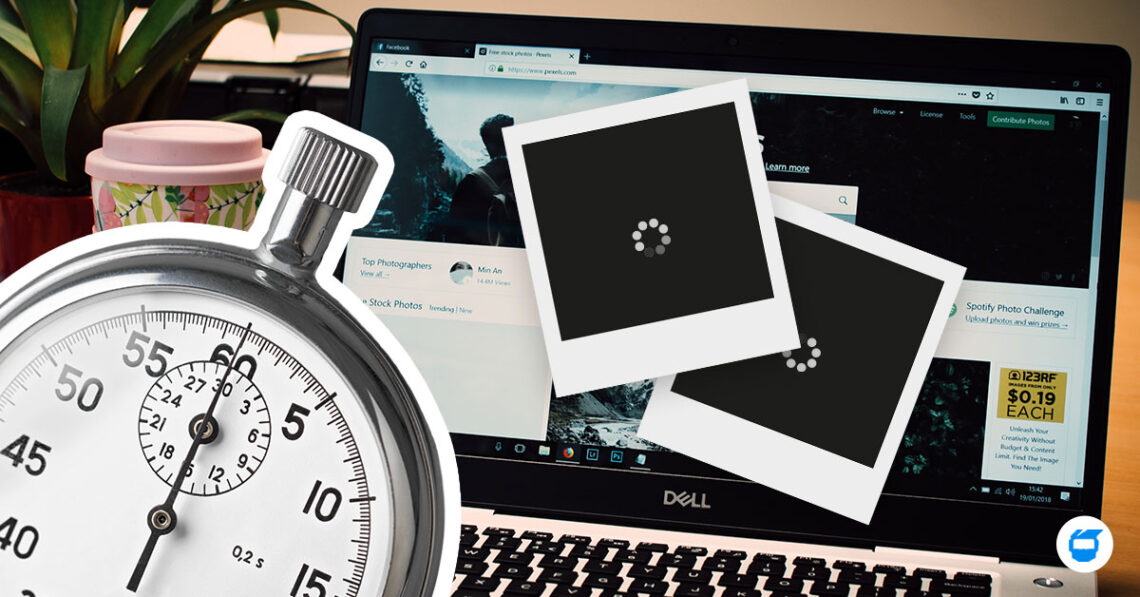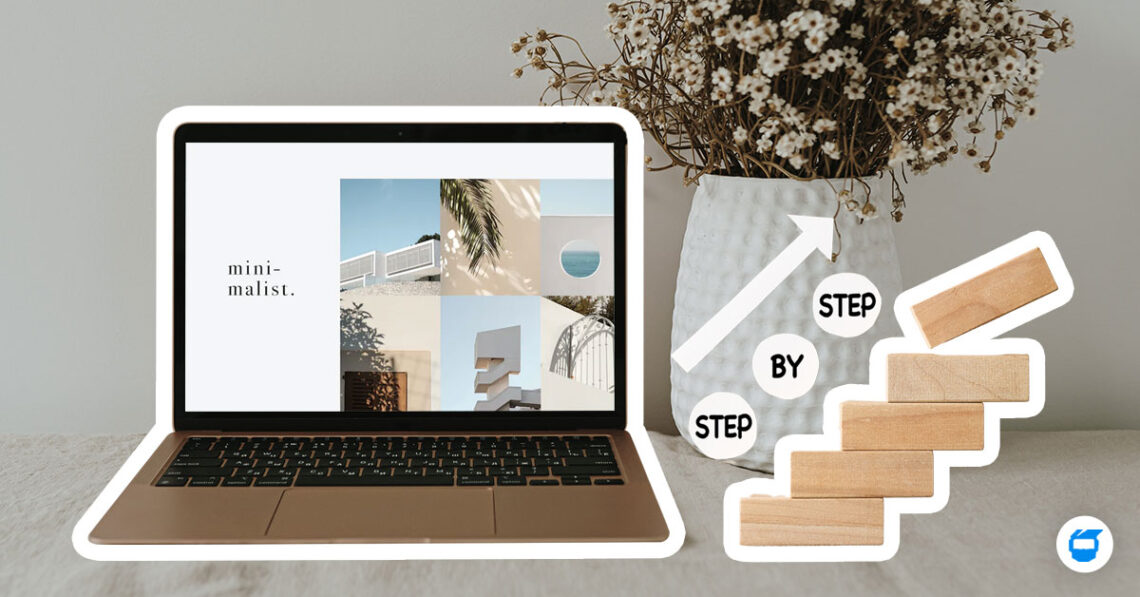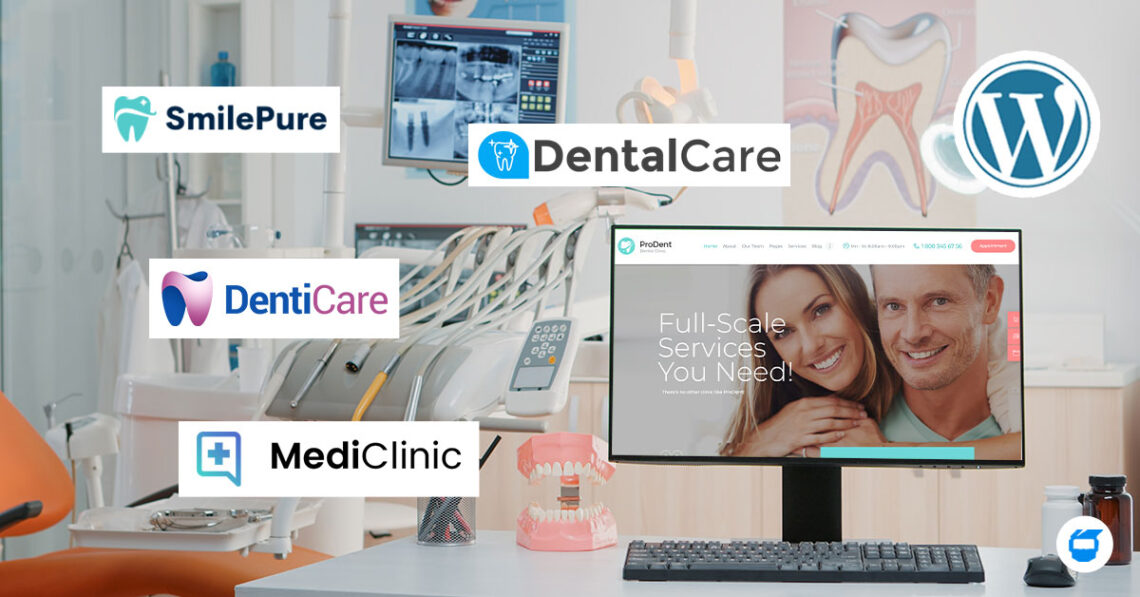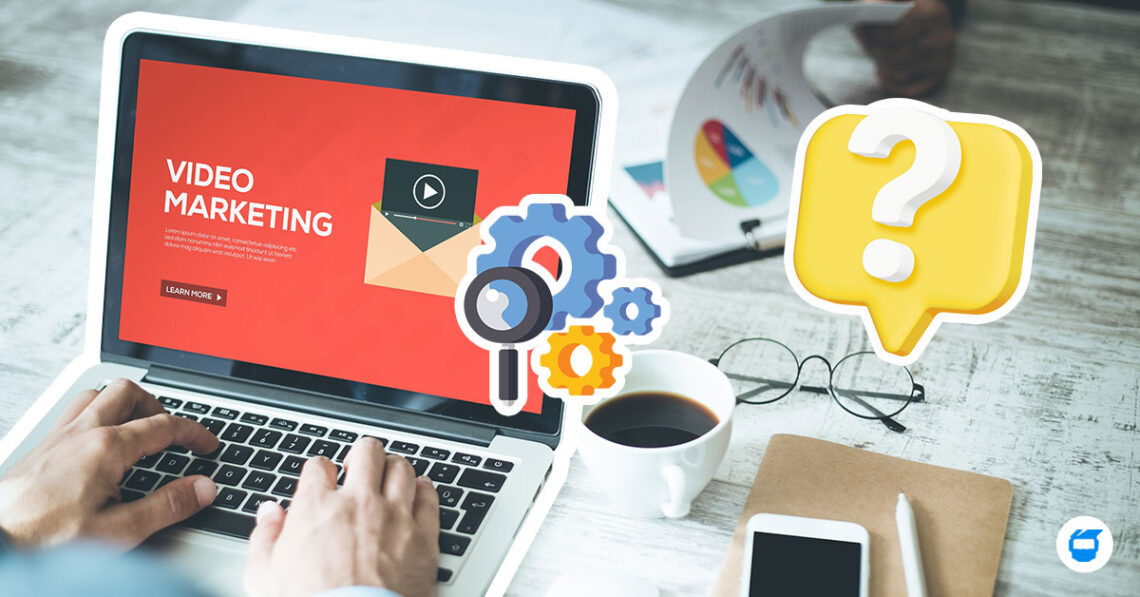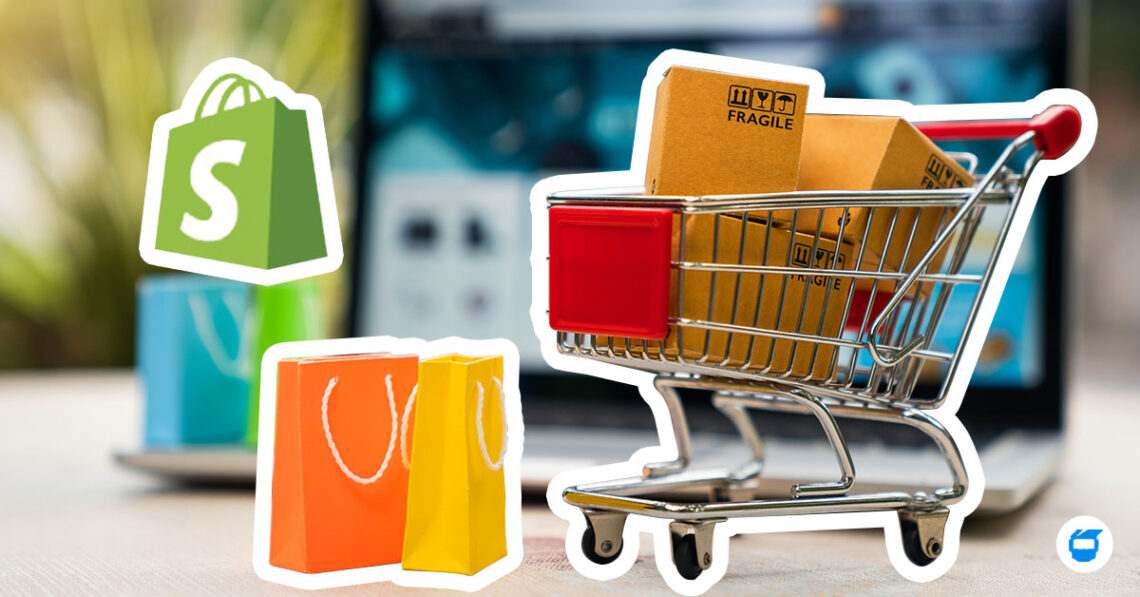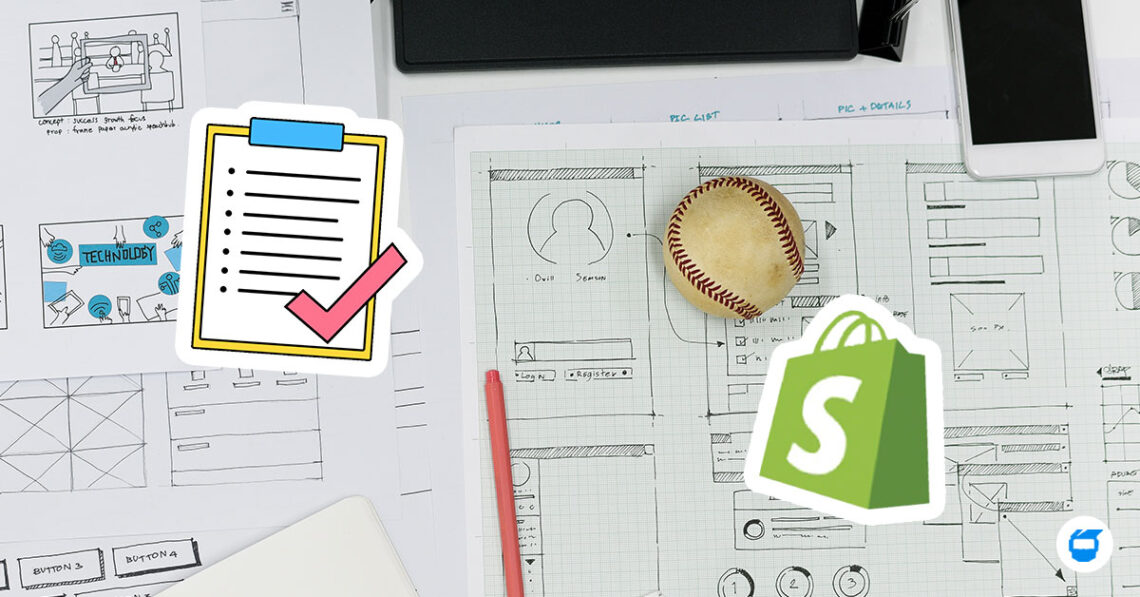Website traffic refers to the number of users who visit a website. In digital marketing, you would normally come across the term “website traffic” as one of the tools to measure the success of a business’s marketing efforts. When the number of visitors increases, it provides businesses with high chances of generating qualified leads, boosting brand awareness, and establishing relationships with their customers. Hence, the potential increase in revenue as well.

However, it is essential for you to know that there are different types of website traffic and they are measured separately. They also differ in terms of how they work, where they come from, and the results they bring into your business. So without further ado, here are the 6 different types of website traffic you need to know about:
1. Direct Traffic
Direct traffic comes from users who visit your website by directly typing its URL to the address bar or from people who have previously saved your website to their favorites. These users may already be familiar with your brand and want to know more about it or they may already be current customers/fans of your brand.
Compared to others, direct traffic only produces a small percentage of website traffic. But despite its small contribution, it is still considered significant because it shows brand awareness, which can likely result in lead generation and conversion rates.
2. Referral Traffic
Referral traffic happens when a user visits your website by clicking on a link in a blog, social media post, or forum. People basically include backlinks in their blog post or other forms of online content because they see it as a valuable part of the content they’re creating.
It can help increase traffic to your website with all the visits which are the result of clicking on your link in different online content from both relatively known or unknown content creators or brands. However, take note that not all of it can be considered as qualified traffic and may not be beneficial to your conversion rates and sales.
You can still bring good quality traffic to your website if external links come from a number of reliable and reputable websites or brands. It will suggest to Google or other forms of search engines that your website is actually trustworthy, causing your website to improve its ranks in search engines.
3. Organic Traffic
Organic traffic comes from users who visit your website through different search engines such as Google, Bing, Yahoo, etc. Meaning, your website is able to gain traffic from potential customers who organically searched for keywords relevant to your product or service without being influenced by paid ads.
This type of traffic can be useful for your business, especially in the long run because it ensures high chances of getting qualified leads and good conversion rates. But in order to do so, you would need to incorporate SEO into your strategy to achieve the true potential of organic traffic. An effective and well-thought-out SEO strategy can cause your website to rank high in search engines and improve your landing pages’ visibility in search engine results pages, making it easier for potential customers to come across and click through your website.
4. Paid Traffic
Paid traffic is brought about by users who visit your website after clicking on an advertisement that you paid for. These ads can be seen in different search engines or social media platforms, depending on where you want to have them placed.
PPC is one of the most popular types of paid search that you can utilize to draw traffic to your website. Your ads will appear on search results pages in Google or other search engines after typing a certain keyword that’s relevant to your product, service, or brand. It is also a cost-effective way to market your business because you only pay for relevant clicks from potential customers.
Drawing traffic to your website from social media platforms is possible through sponsored or paid ads on Facebook, TikTok, Instagram, and more. You can make use of these platforms to grow your customer base and generate qualified leads that will not only bring traffic to your website but also increase conversion rates.
5. Social Media Traffic
The social media traffic is composed of users who visit your website after clicking on a post on Facebook, Twitter, Instagram, etc. For example, you posted content on social media that includes a link to your website, then the customer comes across your post, clicks the link, and browses through your website.
Keep in mind that the traffic that comes from paid ads on social media platforms and social media traffic is different. The social media traffic is completely free. But in the event that you want to optimize paid ads on social media, it will be considered as paid traffic and not anymore as social media traffic.
Social media is a great tool that you can use to gain extra exposure for your business, and on top of that, it is cost-effective, which is ideal for small businesses and start-ups. Social media marketing allows you to promote your business and optimize its features for better results in lead generation, building customer relationships, expanding sales, boosting brand awareness, and more. You can even use this as a strategy to further increase pertinent social media traffic.
6. Email Marketing
The traffic that email marketing drives to your website is caused by users who visit after clicking on a link in one of the emails your business sent to them. These users may already be current customers or people who have previously signed up for newsletters from your brand, which means they are classified as qualified traffic because they showed prior interest in your business and will most likely proceed to take action, benefiting your sales and conversions.
Email marketing is a fine digital marketing strategy that you should consider if you want to directly reach potential customers and set a wider scale of marketing for your business in a channel outside of social media platforms.
If you’re looking for someone to help you build a good traffic and website design for your business, contact us today, and we’ll be glad to help you!


